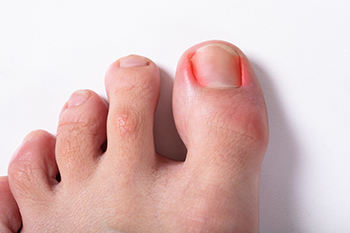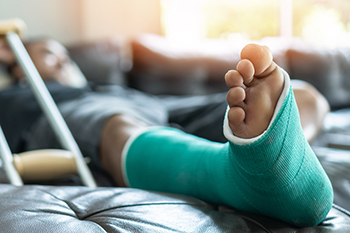Shoes made for walking are usually different from those designed for runners because the mechanics of each activity are different and require shoes that meet those needs. The main difference between walking and running is that when you run, there is a moment when both feet are off the ground. When you walk, one foot is always on the ground. The shift from one foot to the other is gradual, and your weight is transferred from heel to toe much more slowly. Here are some things to look for when searching for a running shoe that you can walk in. It might be a good idea to choose a shoe with a beveled, or angled heel to help with smoother landings. The outsole should have as much ground contact as possible and because the foot bends more in walking, look for a shoe with a flexible forefoot area. Also, try to find a shoe with ample cushioning in the forefoot, but guard against too much cushioning which can tire the feet more easily when walking. If you are unsure of what shoe is best for your feet, please contact a podiatrist for recommendations.
If you are a runner, wearing the right running shoe is essential. For more information, contact one of our podiatrists from Lewis Wolstein, DPM, P.C. & Associates. Our doctors can provide the care you need to keep you pain-free and on your feet.
Choosing the Right Running Shoe for Your Foot Type
To increase performance and avoid the risk of injury, it is important to choose the right running shoe based on your foot type. The general design of running shoes revolves around pronation, which is how the ankle rolls from outside to inside when the foot strikes the ground.
- Neutral runners are able to choose from a wide variety of shoes, including minimalist shoes or even going barefoot.
- Runners who overpronate, or experience an over-abundance of ankle rolling, should choose shoes that provide extra motion control and stability.
- Runners who underpronate, or supinate, have feet that have high arches and lack flexibility, preventing shock absorption. They require shoes with more flexibility and cushion.
If you have any questions please feel free to contact our office located in Co-Op City, NY . We offer the newest diagnostic and treatment technologies for all your foot and ankle needs.


 Ingrown toenails
Ingrown toenails

